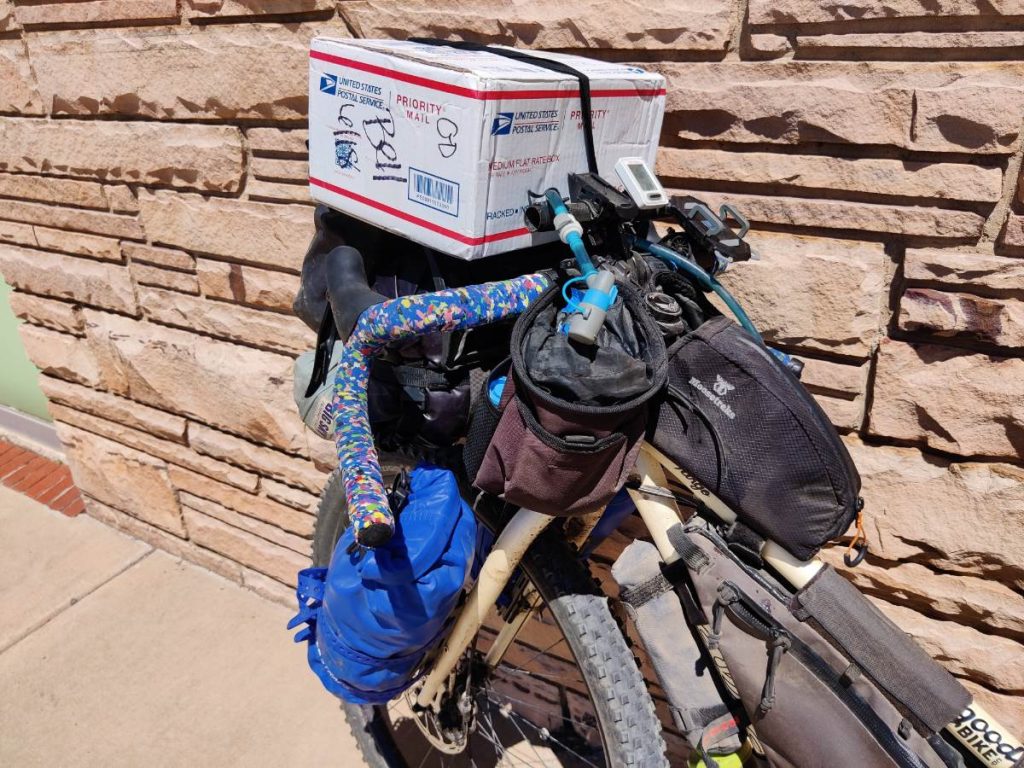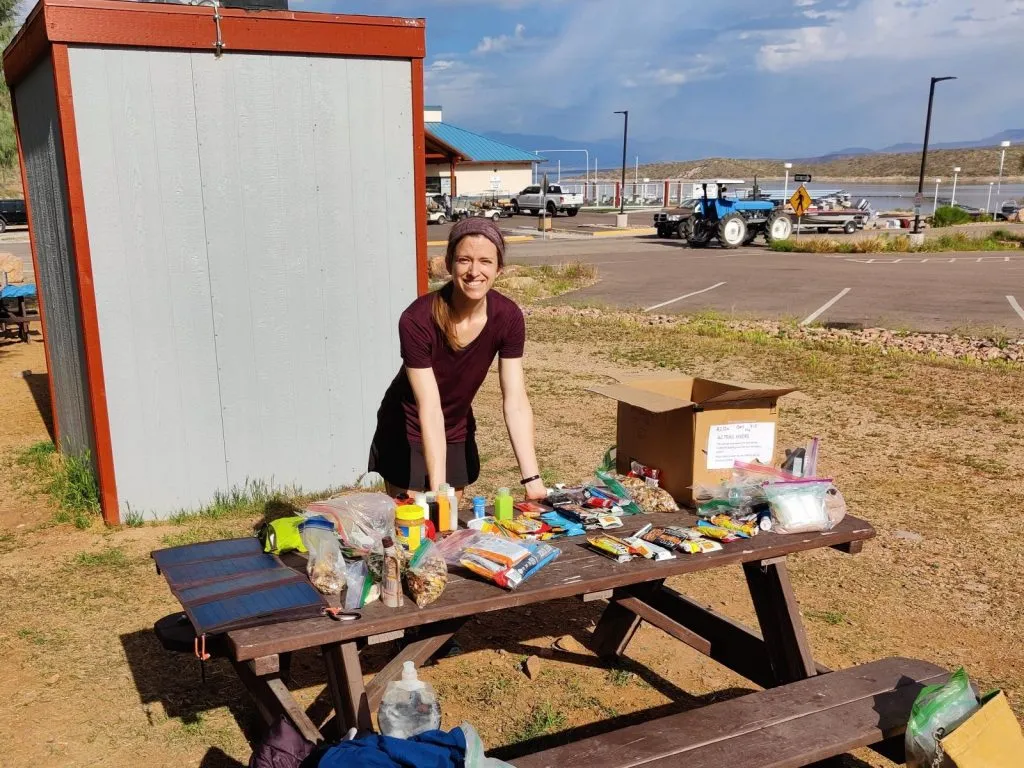Where to Send Mail Drops
If you decide to mail yourself resupply boxes on the road or trail, you have two options for how to do it. Heads up, this is important!
USPS General Delivery
You can send yourself a package to any US post office via the General Delivery service, and they will hold it (for a short period of time) until you pick it up. Important things to know about using general delivery for mail drops:
Address your package to:
your name
General Delivery
the address of the post office
Label it with something like “Please hold for (your name), ETA (your estimated pickup date).” Pad the date by a few days in case you’re late.
You’ll need a photo ID to pick up your package, and only the person whose name is on the package can pick it up.
Don’t send too early. The requirements are a bit vague, but technically the post office only has to hold your package for 10 to 15 days; after that they might return to sender. If you need them to hold it longer, call and ask. Some may be willing to go up to 30 days. If they won’t hold it long enough for you to mail it before you leave home, entrust the job to a friend or family member. Another option is to pack and mail the box from a well-stocked town once you’re already on the road / trail.
Check post office hours before deciding where to send your packages! Small town post offices might only be open a few days per week, which becomes a logistical challenge on a long ride without a fixed schedule.

Picking up a mail drop while bikepacking in Colorado
Local Businesses
Another option, often better than the post office, is to send your resupply package to yourself “care of” a local business along the route. Businesses often have longer hours than post offices (RV parks and motels are especially convenient) and may be more willing to hold your package for longer than two weeks. They can also accept UPS or Fedex deliveries, not just USPS.
I usually look for small family-run businesses that play a pivotal role in the community or offer services to travelers. General stores, RV parks and campgrounds, diners and restaurants, and small outdoor outfitters are all good places to try.
Tips for sending mail drops to local businesses:
Always call first to ask if they will hold your package. Don’t assume!
Label the package with something like “Please hold for bikepacker / hiker (your name), ETA (your estimated pickup date).” Pad the date by a few days in case you’re late.
Check business hours and make sure you can arrive within them.
Be aware that some business charge fees to hold packages on popular trails. Personally I think this is fair since they are providing a service. On popular trails like the PCT they may need to dedicate an entire room to resupply boxes!
Spend some money at the business when you pick up your package, especially if they are holding it as a favor. Shop at the store, eat at the restaurant, spend a night at the motel.

Happily unpacking a resupply box I shipped to a small general store and diner along the Arizona Trail.
 CampingSurvivalistHuntingFishingExploringHikingPrivacy PolicyTerms And Conditions
CampingSurvivalistHuntingFishingExploringHikingPrivacy PolicyTerms And Conditions
